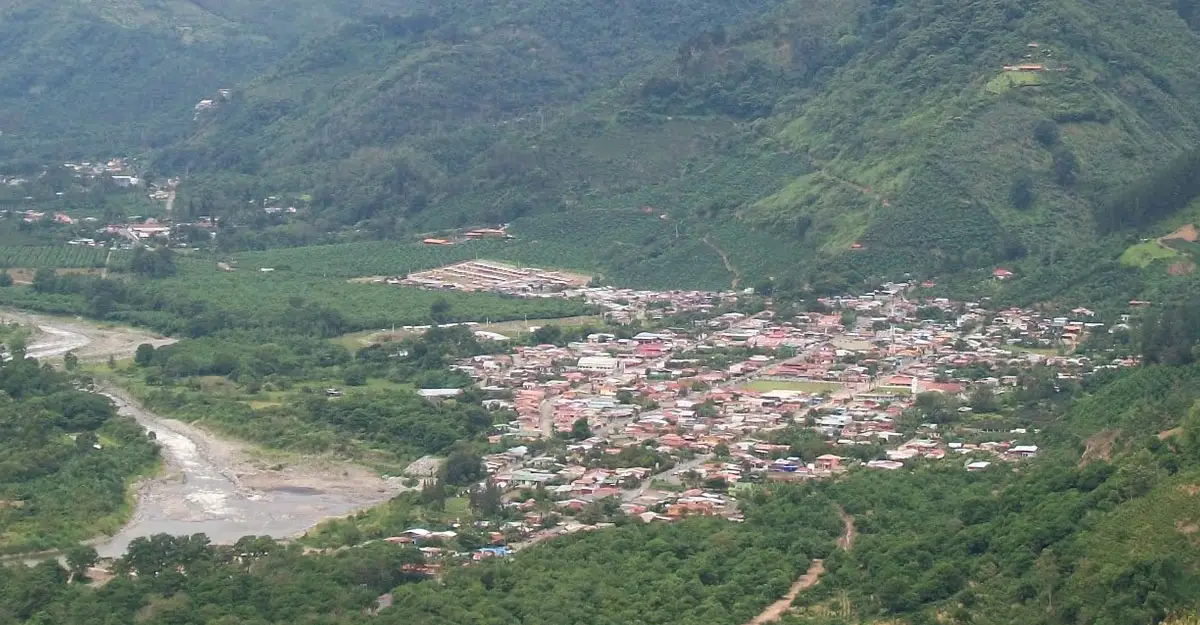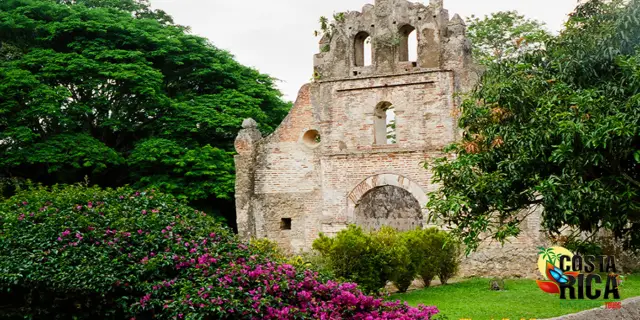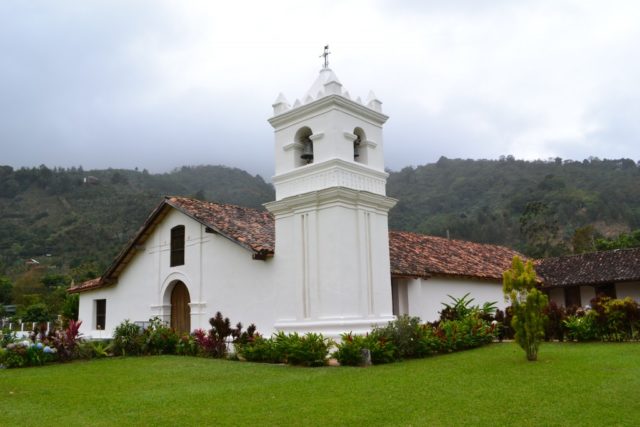
The Orosí Valley, in the province of Cartago, extends between the slope of the Irazú volcano and the cloud forest of the Tapantí-Macizo de la Muerte National Park, constituting one of the most beautiful destinations in the Central Valley and all Costa Rica.
Historical place.
This small town puts travelers in an ideal place to see some of the most historical monuments in the country, including the Church of San José de Orosi, which was built in 1743 and is the oldest church in the country still in use today. The whitewashed walls of the Church and its classic Spanish colonial architecture are a testament to the long hours and artistic dedication that went into its design.
While in Orosi, be sure to take the time and smell the flowers in the garden of the hotel or take a few pictures of the church against the backdrop of its mountains. Visitors to the church will find a small museum full of artifacts and religious artworks of the time.
Located about 15 kilometers from Orosi, the Ujarrás Ruins are a must for any history buff. This is the site of the ruins of the oldest church in Costa Rica, which, unlike the Church of San José de Orosi, no longer fully stands, and was built in 1693.
Hidden among beautiful gardens, where many locals tend to enjoy their Sunday afternoons, the ruins document the way of life of the original inhabitants of Costa Rica. Travelers will find local delicacies for sale, as well as corn and delicious squash.
A little history.

Orosí is one of the oldest communities in Costa Rica. Before the arrival of the Spaniards in Costa Rica, the Orosí Valley was inhabited by indigenous people of the Caribbean ethnic group, Huetares, and Viceites, of the native culture belonging to the Intermediate Area, who inhabited the place at the time of the Spanish arrival in the 16th century.
The Orosí region was explored in 1561 by Diego de Velázquez y Quiñonez and Vera Bustamante, lieutenants of Don Juan de Cavallón y Arboleda, first conqueror of Costa Rica.
Upon the arrival of the Spaniards in Orosí, the indigenous Huetar monarch Xarcopa reigned, whose subjects were offended with the arriving conquerors who took away their corn. After the arrival of Juan Vázquez de Coronado in 1562, a tribal chief of the area, named Orocay (from whom it is believed the name Orosi comes) took an oath of obedience to him. Vázquez de Coronado included the town of Orosi as part of the Ujarrás province.
In 1569 the town was entrusted by Governor Perafán de Ribera, with 150 indigenous people. In 1570, with the foundation of the parish of Ujarrás, the Franciscan evangelization began, whose friars carried out the work in conditions of extreme poverty, founding small hermitages in the valleys of Orosi and Ujarrás.
In 1743, the Convent of Franciscan Fathers of Orosi (today Museum of Religious Art of San José de Orosi) was built, and in 1753 the parish was erected. In 1766 the construction of the temple was finished, made of adobe and sugarcane, which stands until today. In 1846, the Franciscans left the town, leaving the temple in the care of the priest of Paraiso. By this date, coffee plantation activity began in the Orosí Valley region.
In 1920, the temple was declared a National Heritage, and the parish was reactivated with the return of the Franciscan fathers to take care of it until 1996 when it passed to the diocesan. Between 1973 and 1980, restorations were made in the temple and convent with the Museum of Religious Art being inaugurated.
Culture.
Orosí has one of the few churches in Costa Rica dating from the time of Spanish colonial times, built-in 1767 and whose patron is San José. This colonial temple, one of the oldest in the country, was declared National Heritage on April 13, 1920, and National Monument in 1985.
The construction of the hermitage began in 1743 and ended in 1766, and was part of 12 other hermitages built in the region by the Franciscan missionaries Antonio Margil and Melchor López, who began evangelization in the Talamanca region in 1689 with the foundation of the town of San José Cabécar.
Ten years after the arrival of the friars, in 1699, the natives who inhabited Orosí were transferred to Ujarrás because the place was considered “sickly” due to two epidemics in 1690 and 1694.

The colonial church of Orosí has the particularity that it faces east, unlike most Catholic temples. This situation is explained through a local legend, according to which, after the destruction of the temple of San José in the community of Cabécar, as a result of the indigenous revolts led by Pablo Presbere in 1709, the Franciscan fathers fled, taking the Image of the patron saint with them, and erected a simple chapel at Orosí, which was destroyed twice by flooding of the Reventazón River. After continuous prayers, it was understood that the church should be built in reverse, so that the image of St. Joseph could always look eastward, towards the mountains of its “beloved Cabécar”, after this, it never again flooded nor was affected by earth tremors in the Carthage region.

